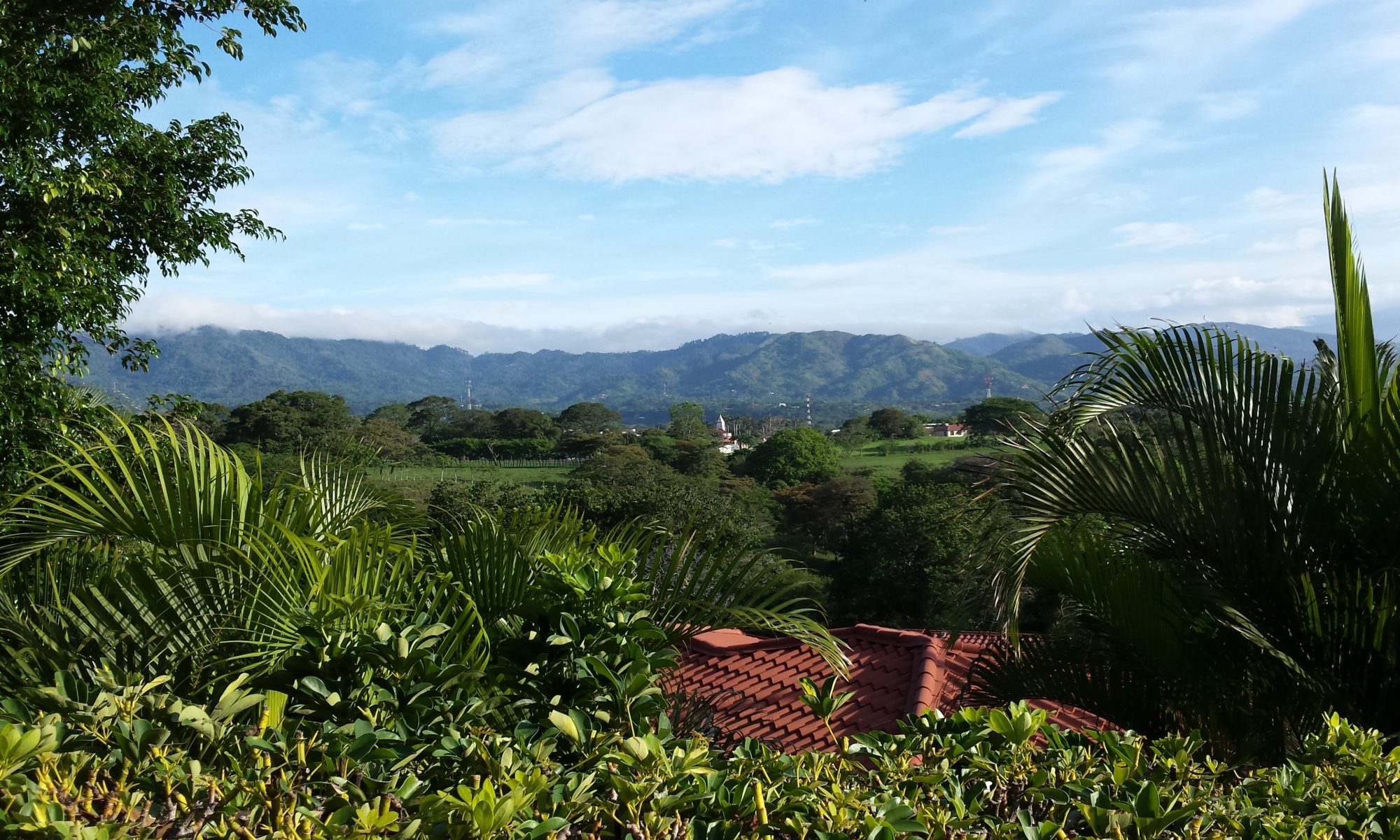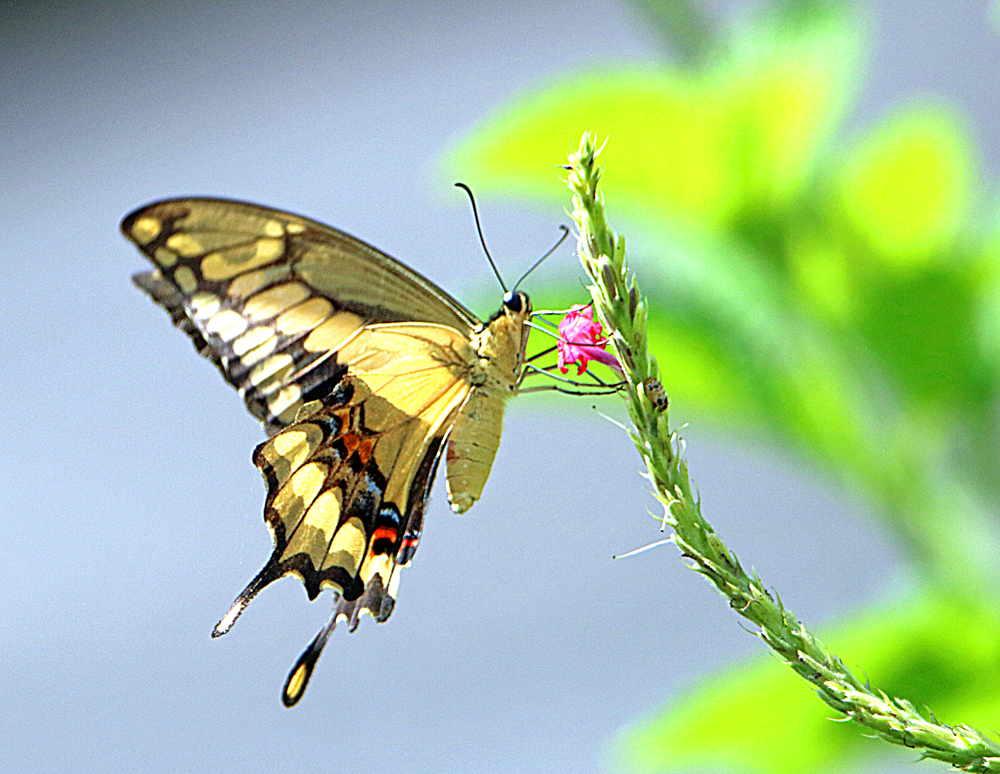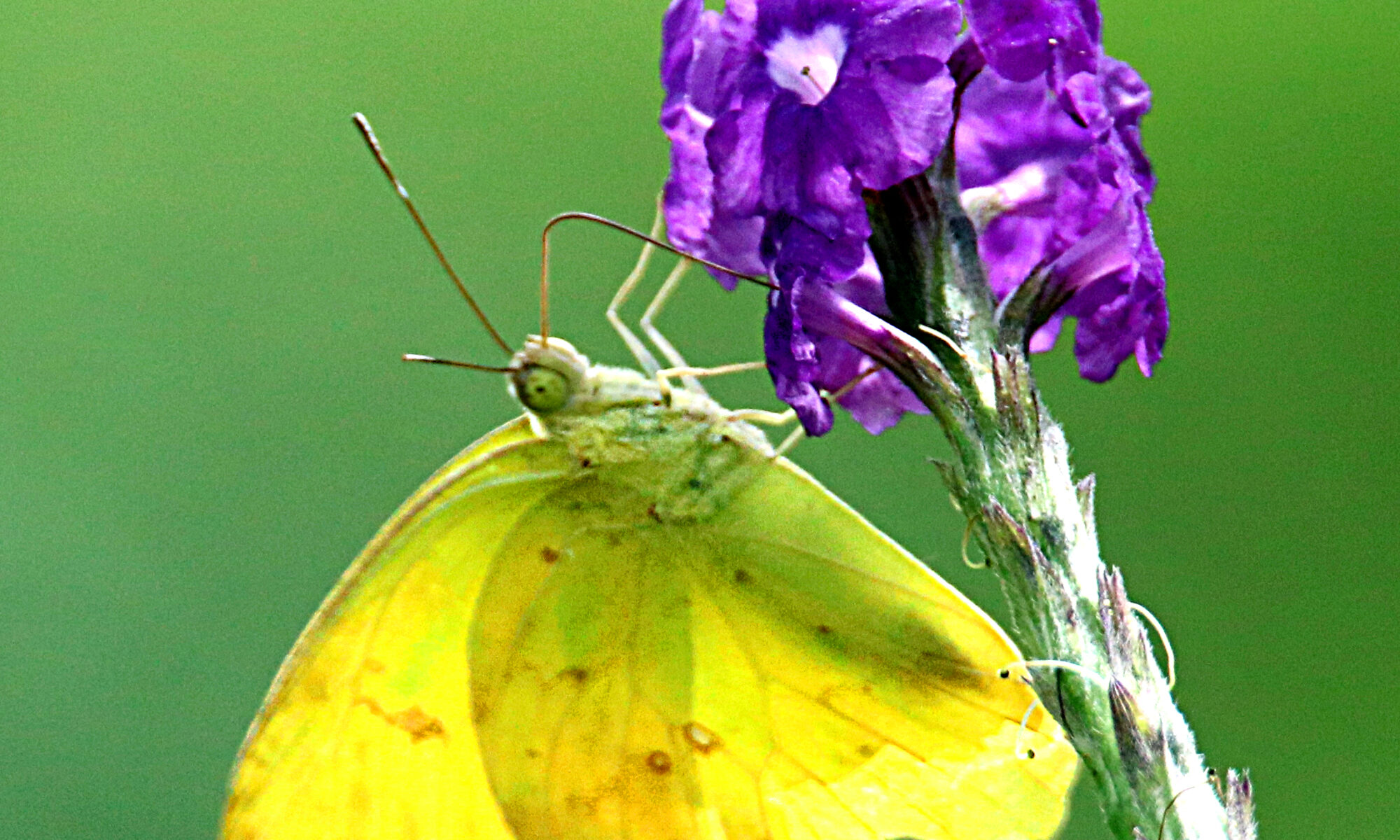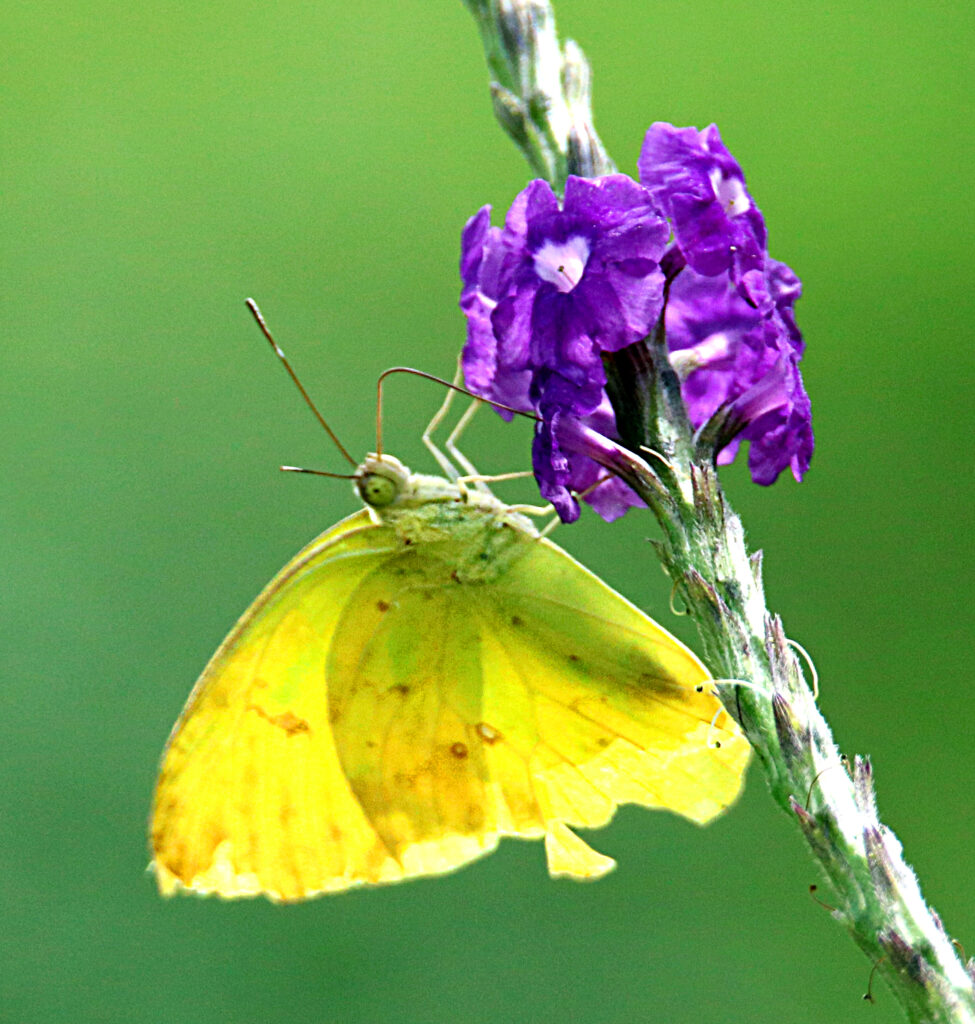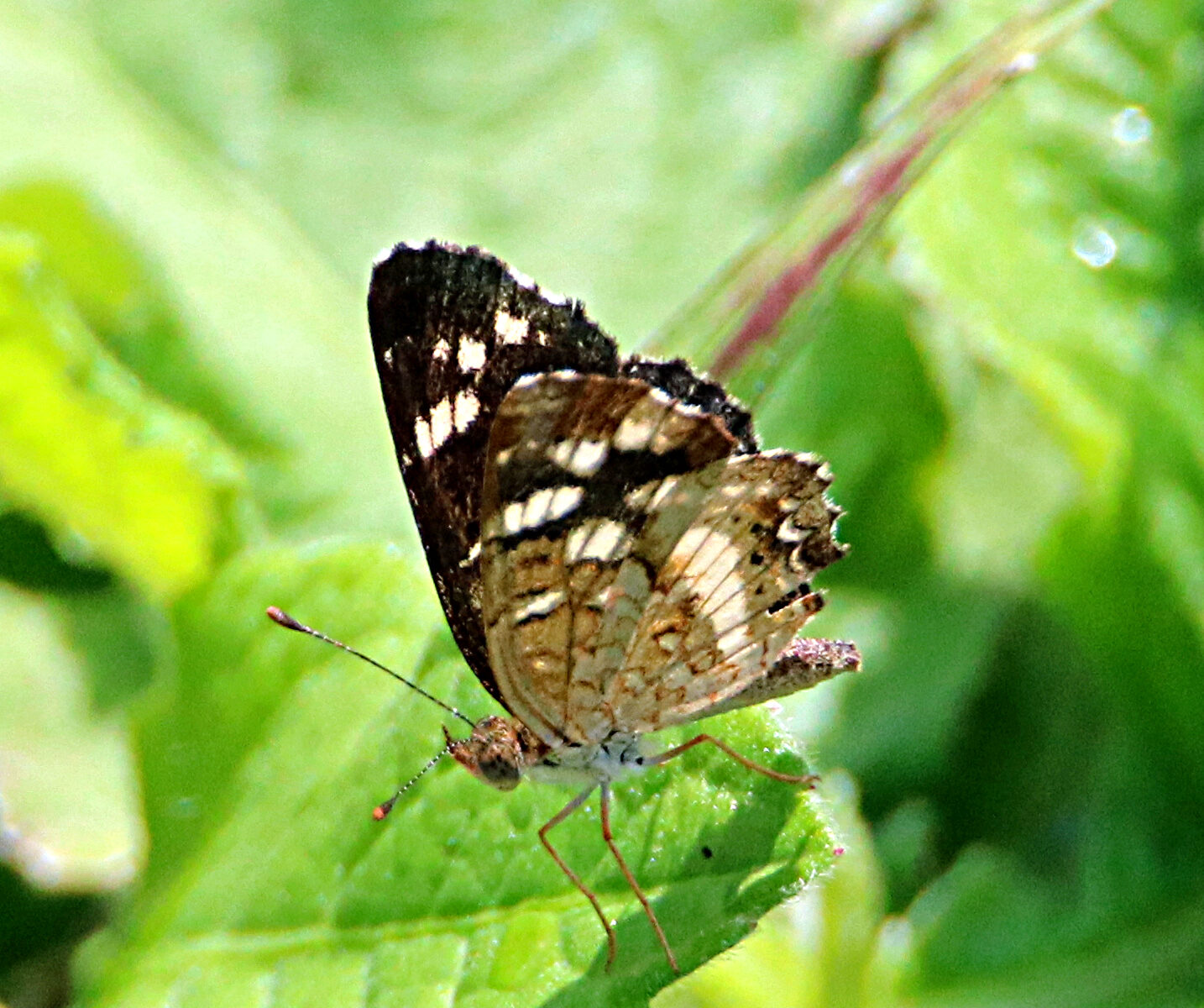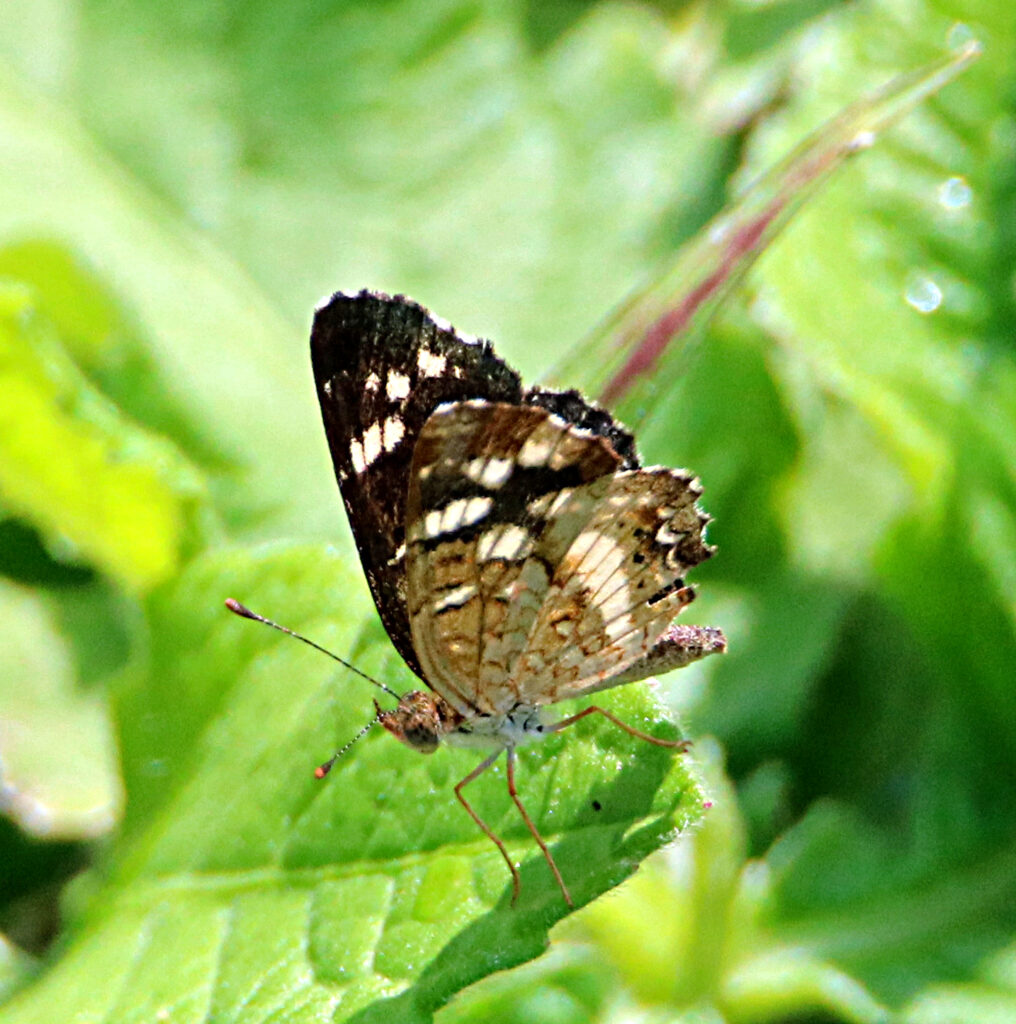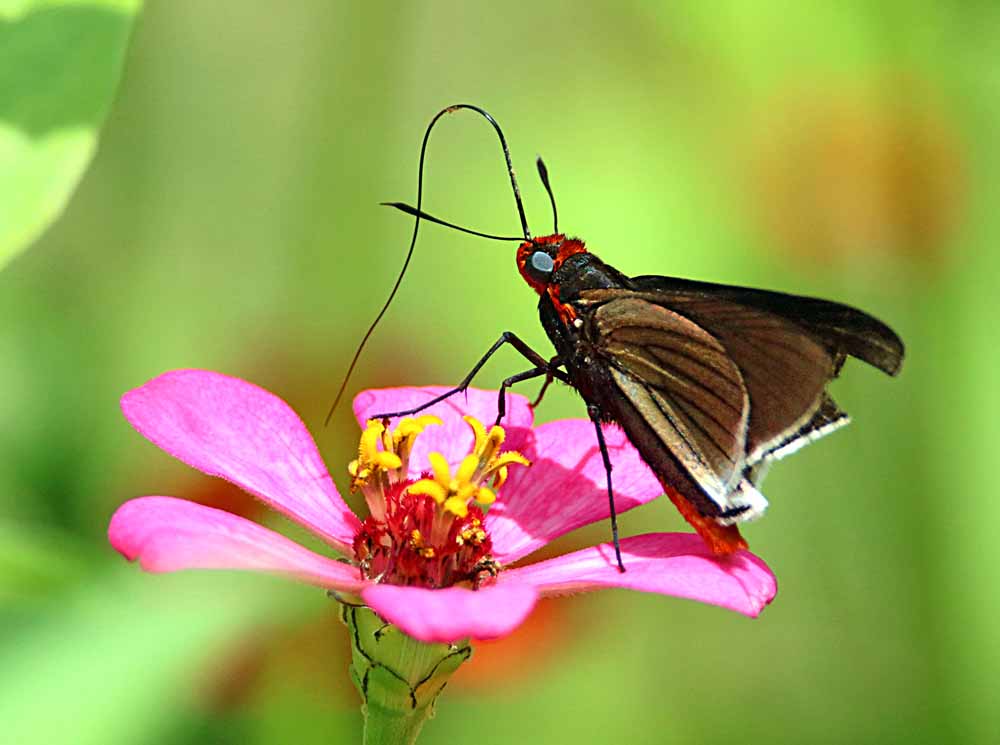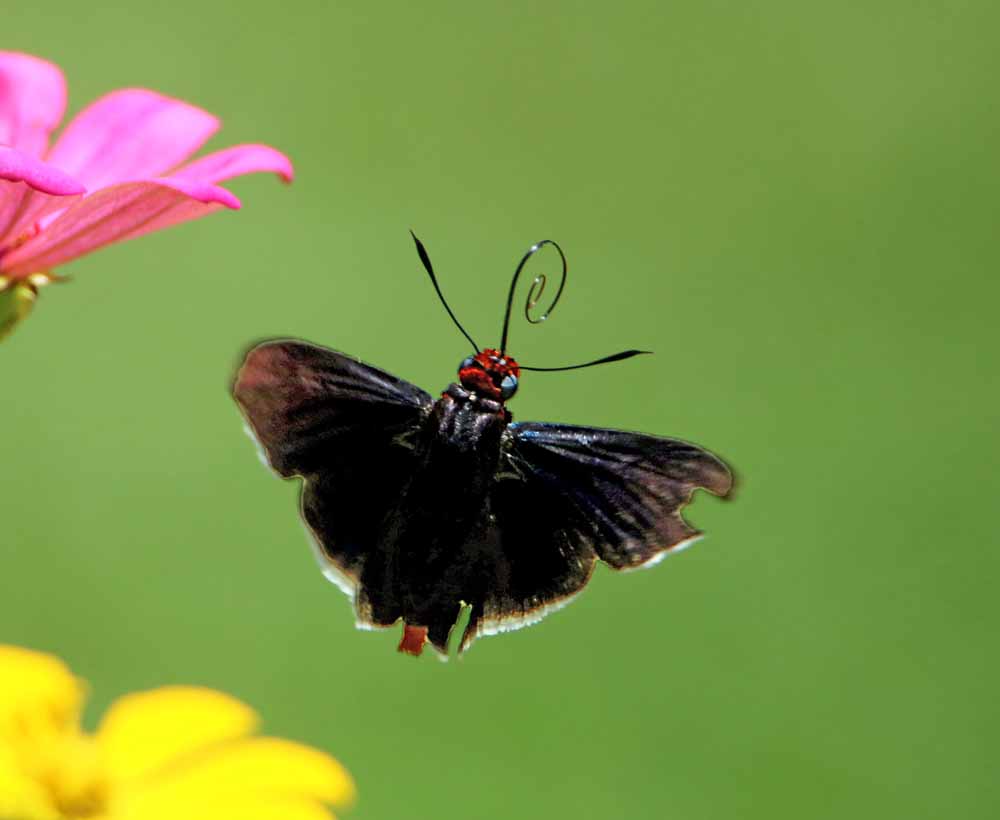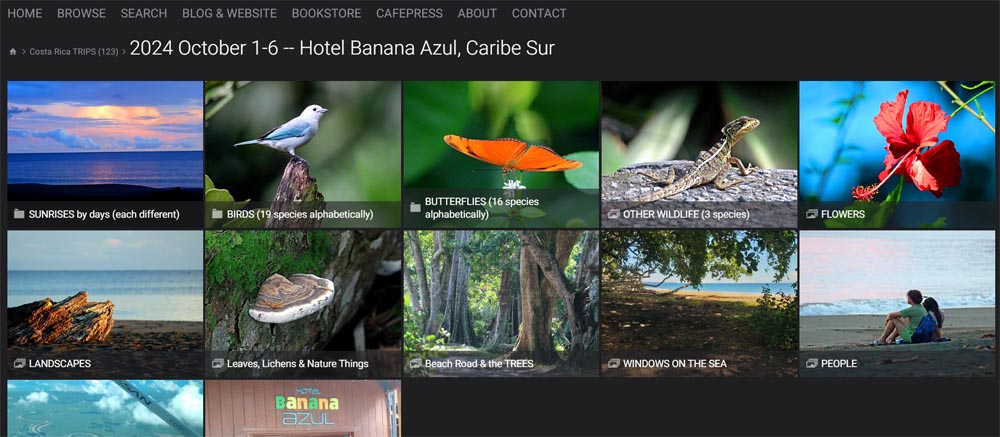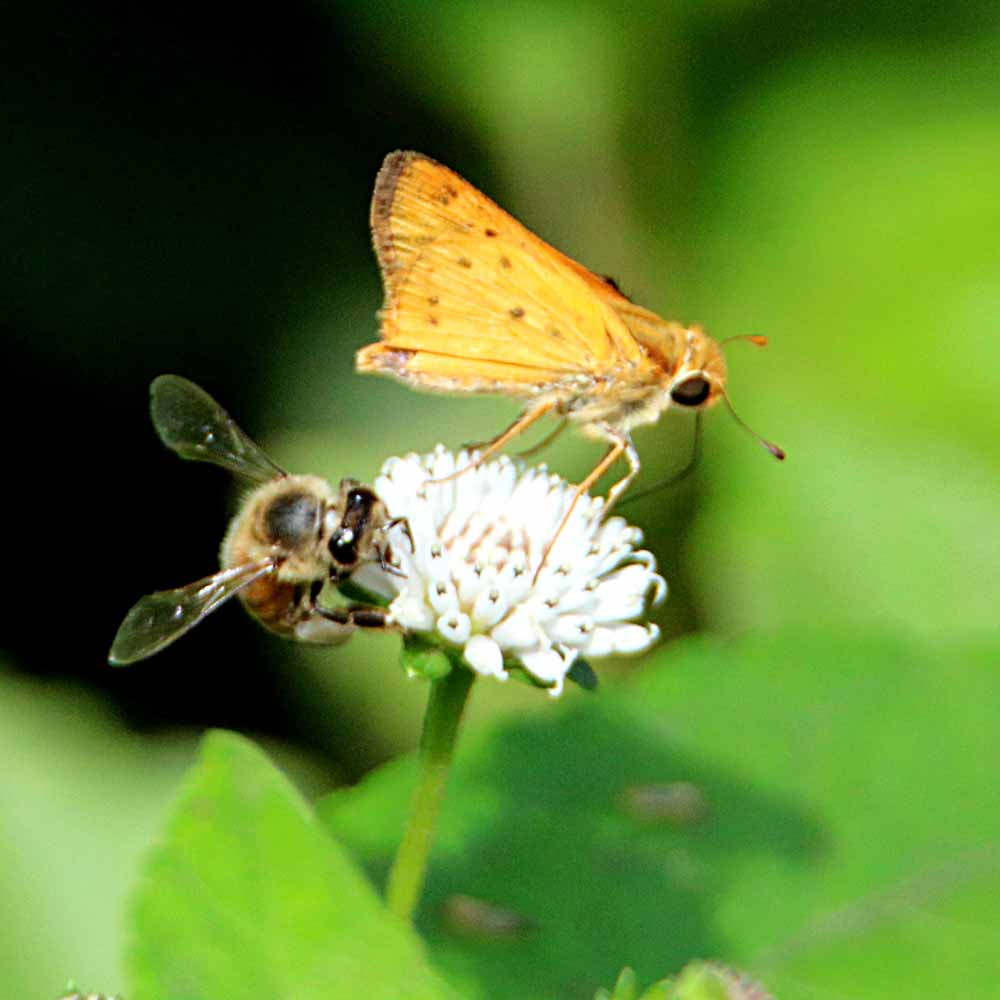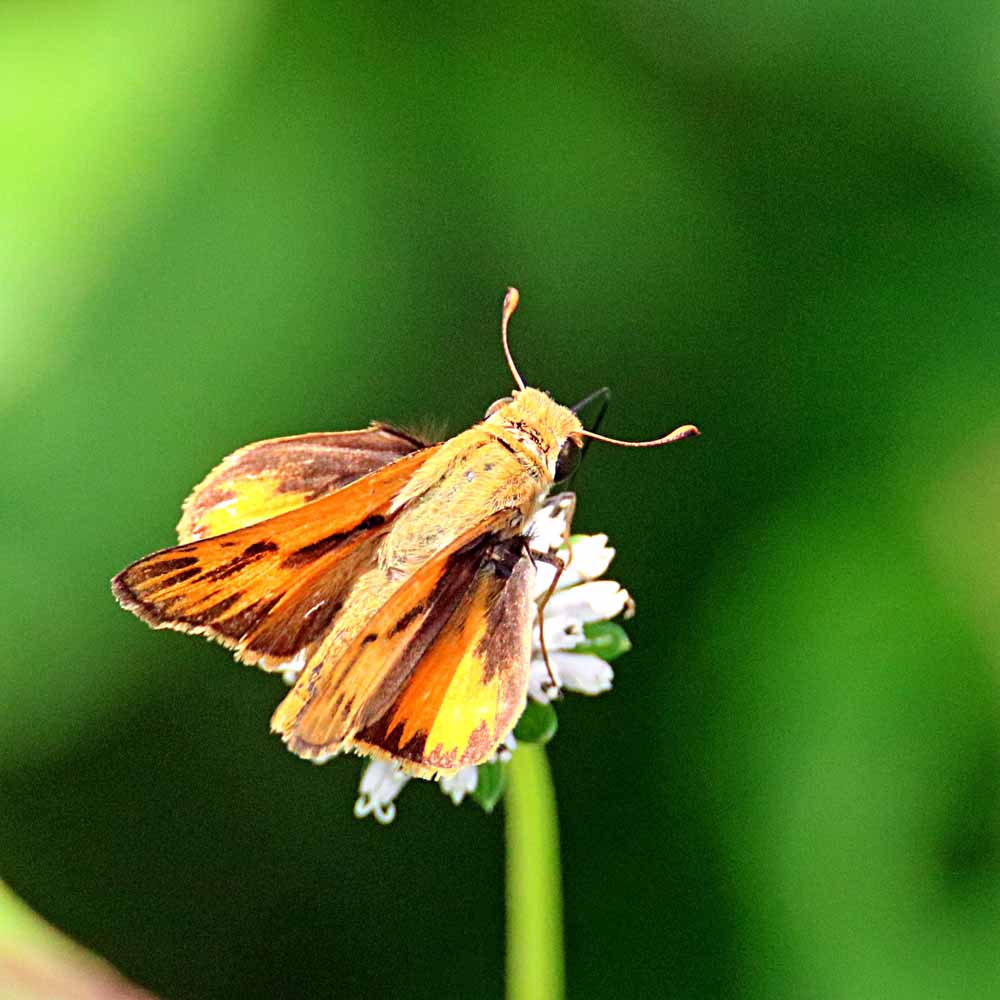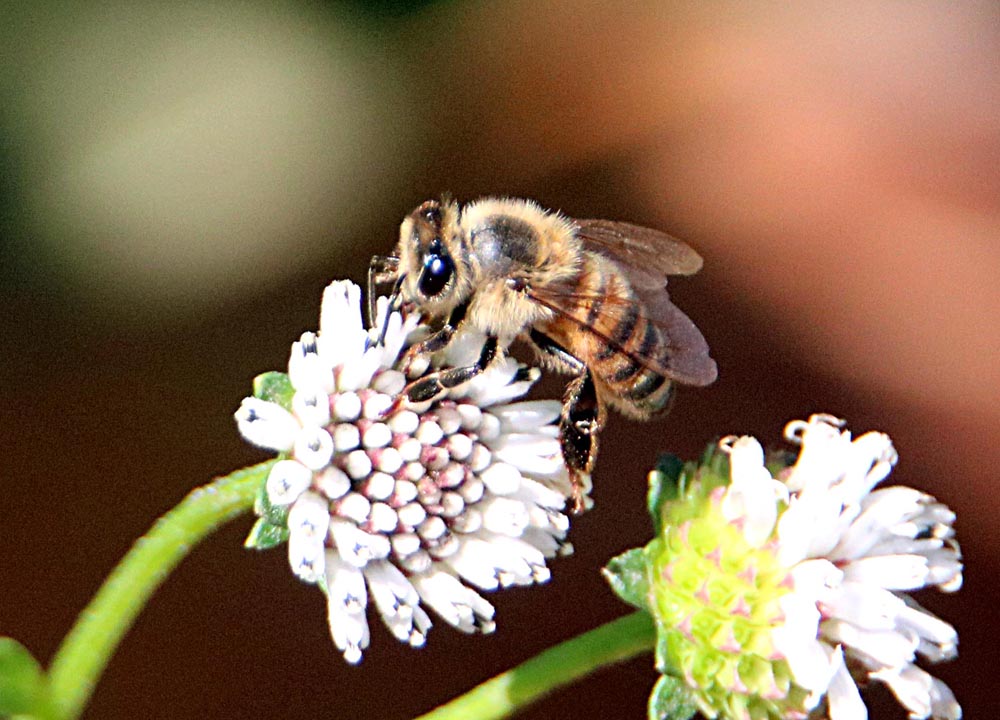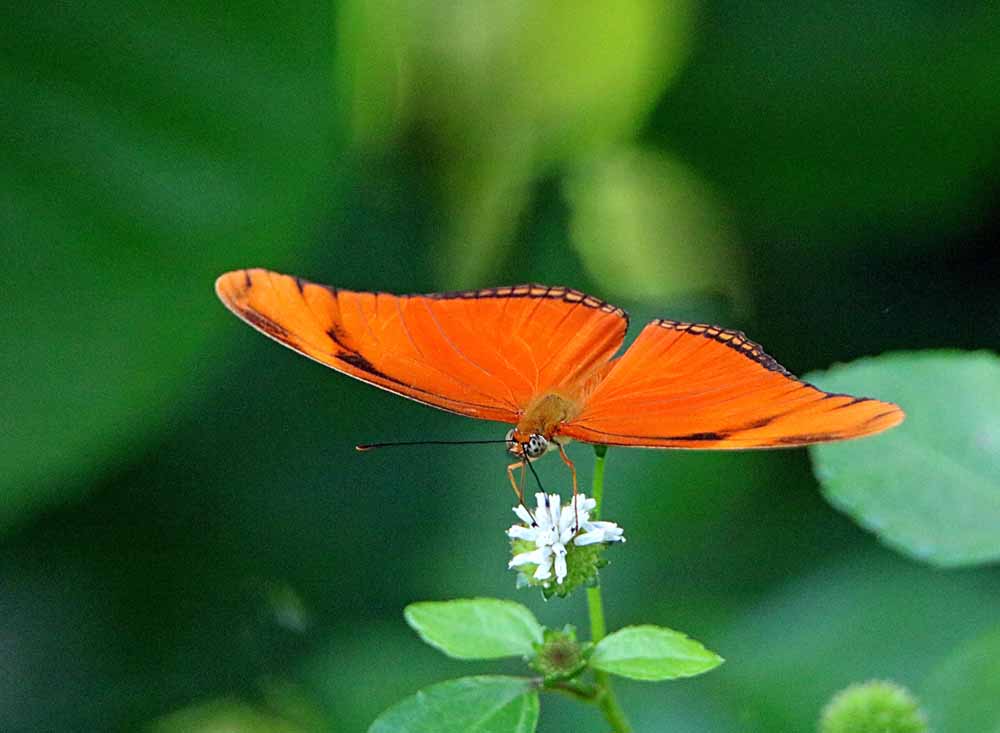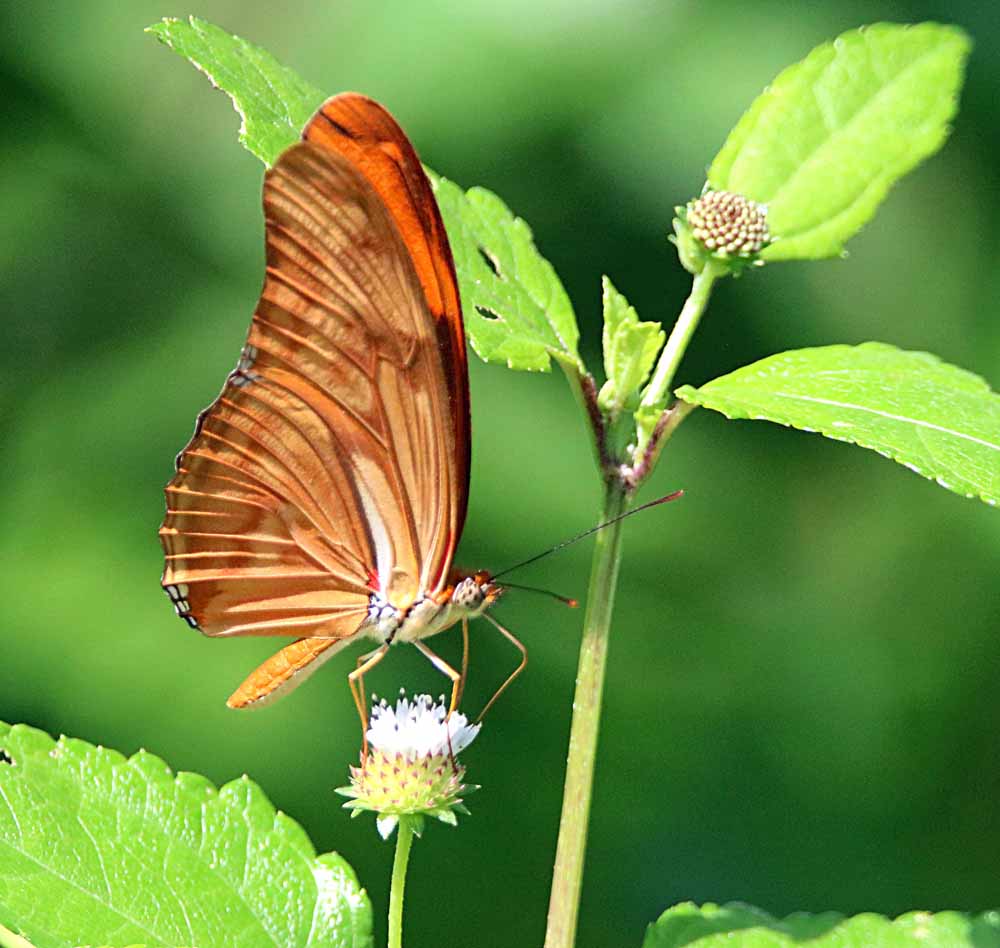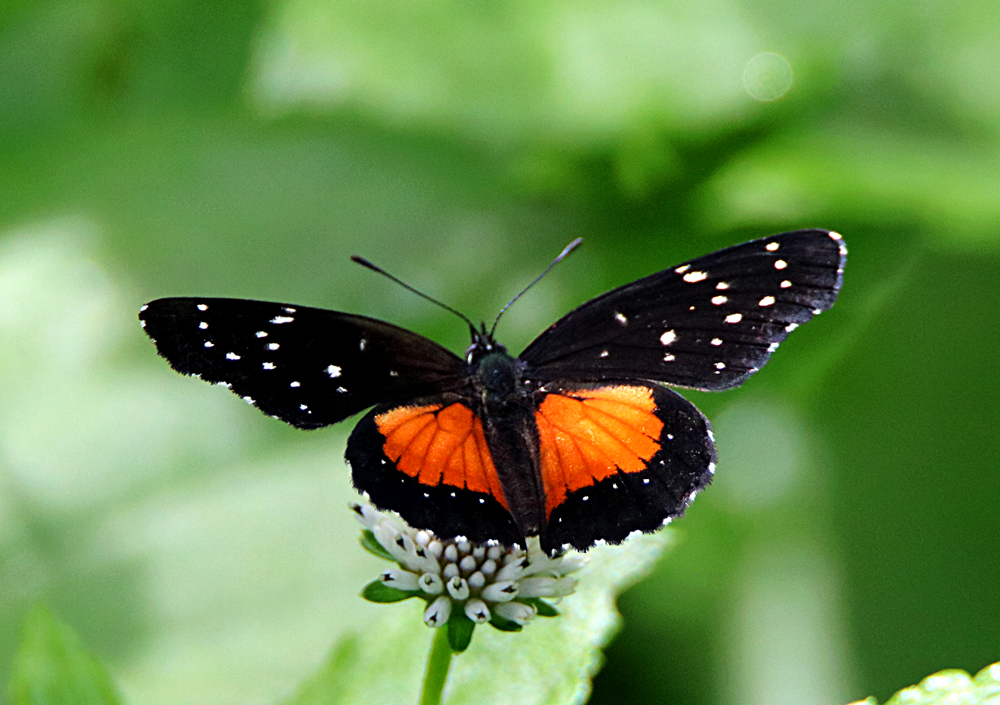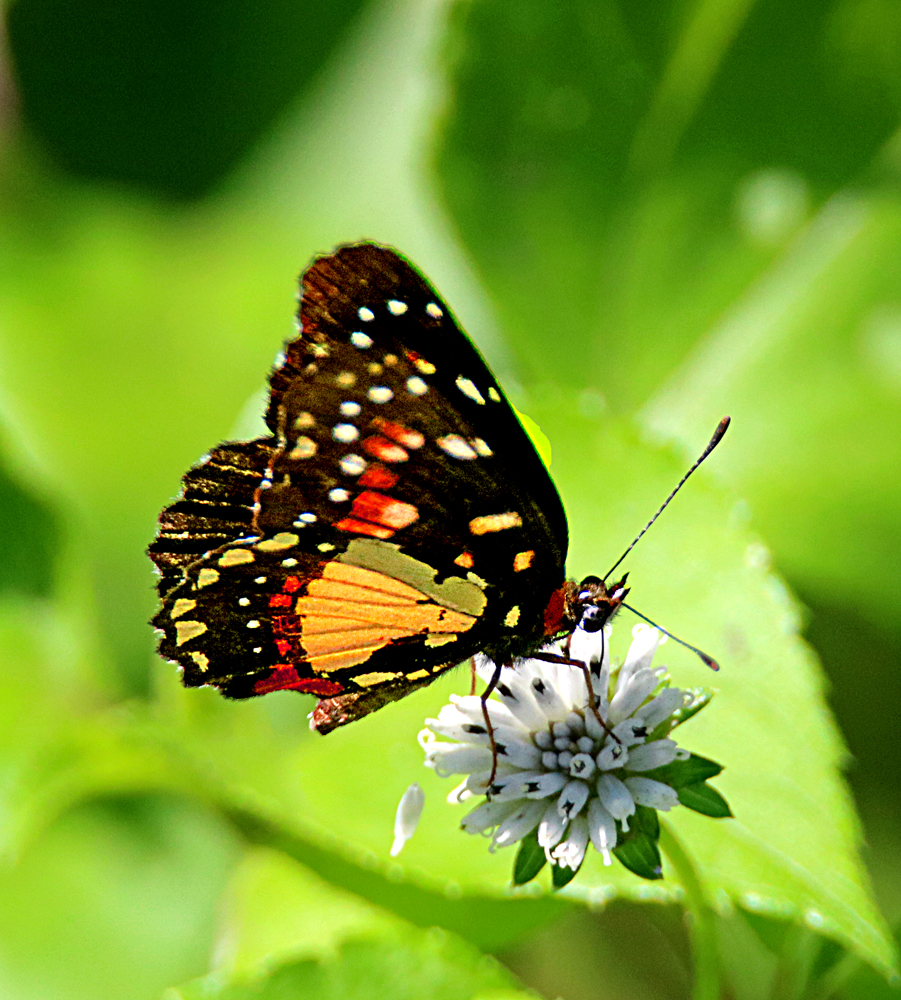Hecale Longwing, Heliconius Hecale (my gallery link) is found from Mexico south to the Peruvian Amazon, including my garden in Costa Rica! 🙂 My gallery includes sightings in 8 different Costa Rica locations on both slopes. Here’s a side view and a top view recently in my garden:
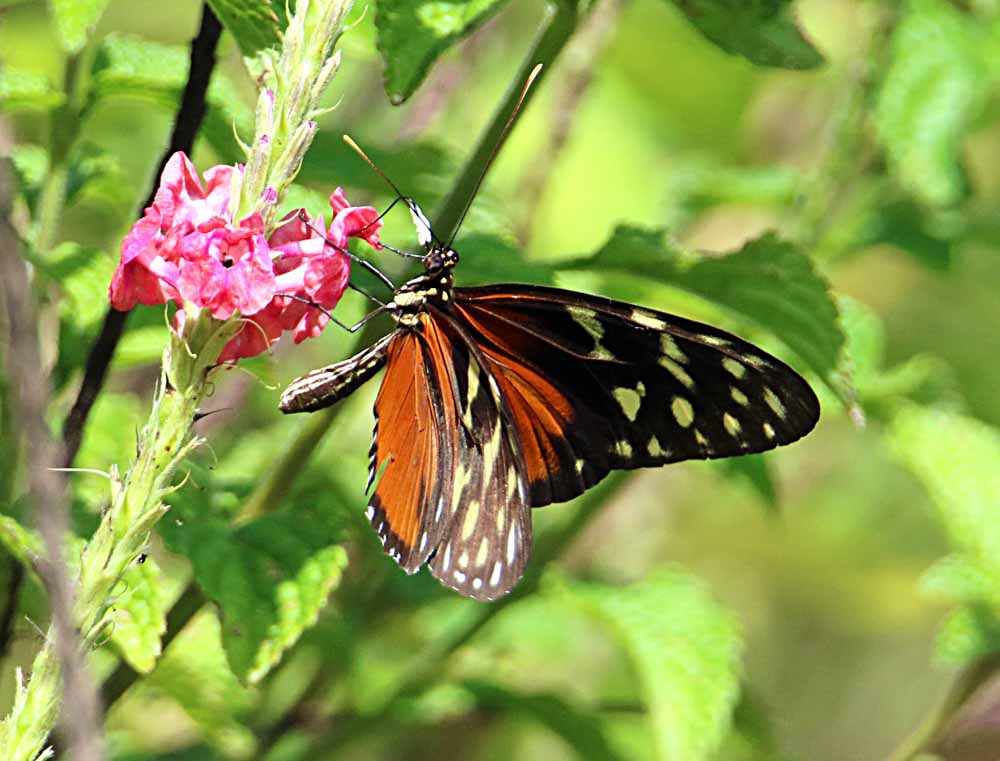
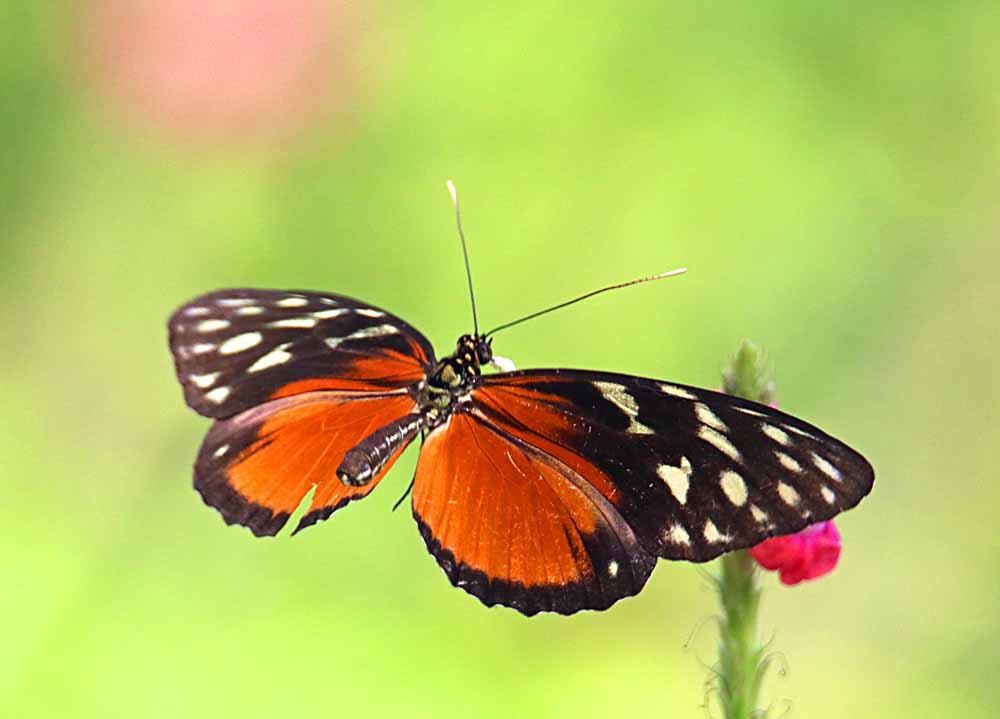
¡Pura Vida!
Toucan Sighting with No Photo!
Have I told you yet that a Keel-billed Toucan landed in my Cecropia Tree the other morning after breakfast? He was smaller than some, so probably immature or not quite an adult. And it was one of the few mornings that I did not take my camera with me to breakfast on the terrace! I slowly pulled the cell phone out of my pocket and turned it on just as he flew away! Oh well, that’s life! ¡Así es la vida! 🙂 And my camera has been with me for breakfast every day since! 🙂
